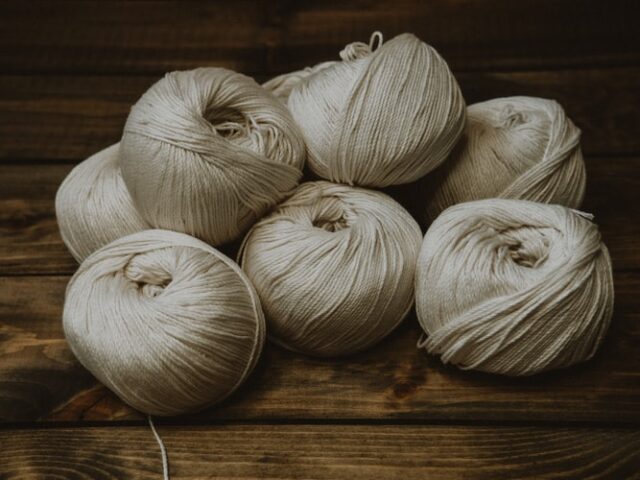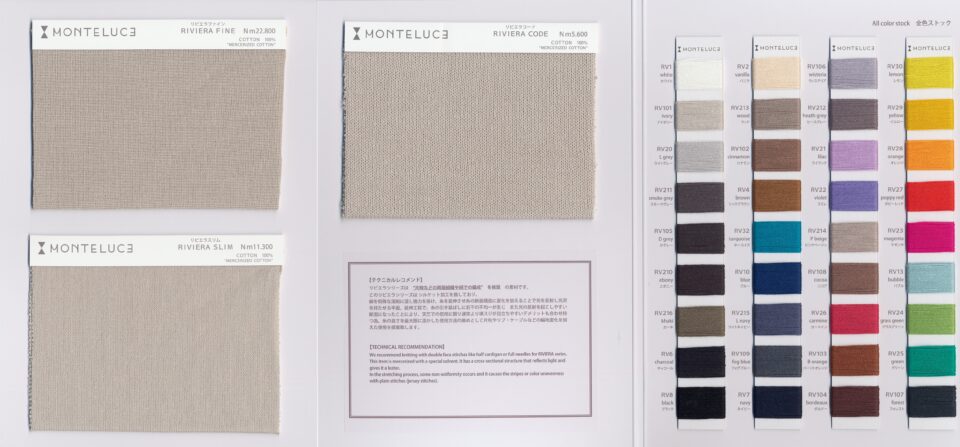KNIT MAGAZINE
- Yarn/Fiber
Understanding Mercerization in Yarn: Advantages and Disadvantages

- Post date:
- October 10, 2023 07:00
- (Update: September 13, 2023 02:20)
KNIT MAGAZINE


Table of Contents

Mercerization is a textile/yarn finishing treatment for cellulose fabric and yarn, mainly cotton and flax, which improves dye uptake and tear strength, reduces fabric shrinkage, and imparts a silk-like luster.
For me, mercerizing is the image of applying a straight perm to cotton.
The occurrence of the fastener phenomenon is likely.
This phenomenon is almost unlikely to happen with ordinary cotton, but the ‘fastener phenomenon’ (fabric sticking together) is particularly common with fine counts of mercerized yarn. It’s often confirmed that the main cause is static electricity, which increases the chargeability of knitted fabrics and products, making them more prone to sticking together.
There are ways to mitigate it.
–RIVIERA CODE/SLIM/FINE Cotton 100%

RIVIERA is a cotton cord yarn which is mercerized to give a luster. We have 3 typed of yarn count, Nm 5.600, Nm11.300, and Nm22.800.
-LUCIA Cotton100%

LUCIA is a sumptuous material which is double-mercerized on the extra-long staple cotton GIZA. This double mercerization is usually used for jersey material. (First, mercerized on the yarn. Second, on the fabric) It is processed in a different way referring to its method, that is mercerized twice on the yarn. It enables to display more delicate and beautiful sheen compared with single mercerization.
Subscribe Now
To receive the latest updates and insights, subscribe to our newsletter.
Contact Us
For further inquiries regarding this article, please feel free to contact us.